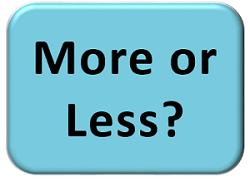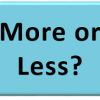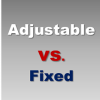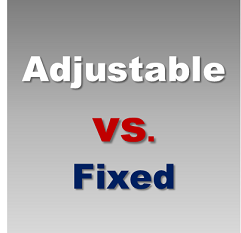
Paying more for your house payment does not make your home more valuable. It does mean that the mortgage rate may be higher than it has to be.
Even though fixed rates may never again be as low as they are currently, an adjustable rate mortgage may provide the lowest cost of ownership depending on how long a borrower plans to own a home. There are different types of ARMs but the one in this example is a 30 year mortgage with the rate fixed for five years and can adjust every one year after that based on independent indexes.
Another feature of a FHA ARM is the maximum rate change in one period is 1% and the maximum lifetime cap is 5% over the initial rate.
In the example below, the payment on the adjustable is $153.48 lower for the first five years or 60 payments. Another interesting thing is that lower interest rate loans amortize faster than higher interest rate loans. In this example, the ARM has a lower unpaid balance at the end of the first five years by $4,239.
The total savings on the ARM at the end of the first period is $13,477. If a borrower felt confident they would sell the home prior to the breakeven point of 8.5 years, the ARM would produce a lower cost of housing even if the mortgage rate escalated the maximum at each adjustment period.
To help determine whether you pay more or less, consult with a trusted mortgage professional and your real estate agent to learn the advantages and disadvantages of different programs. To try your own comparison, check today’s rates at the Freddie Mac Mortgage Rate Survey and plug your numbers into an
Equity Accelerator


